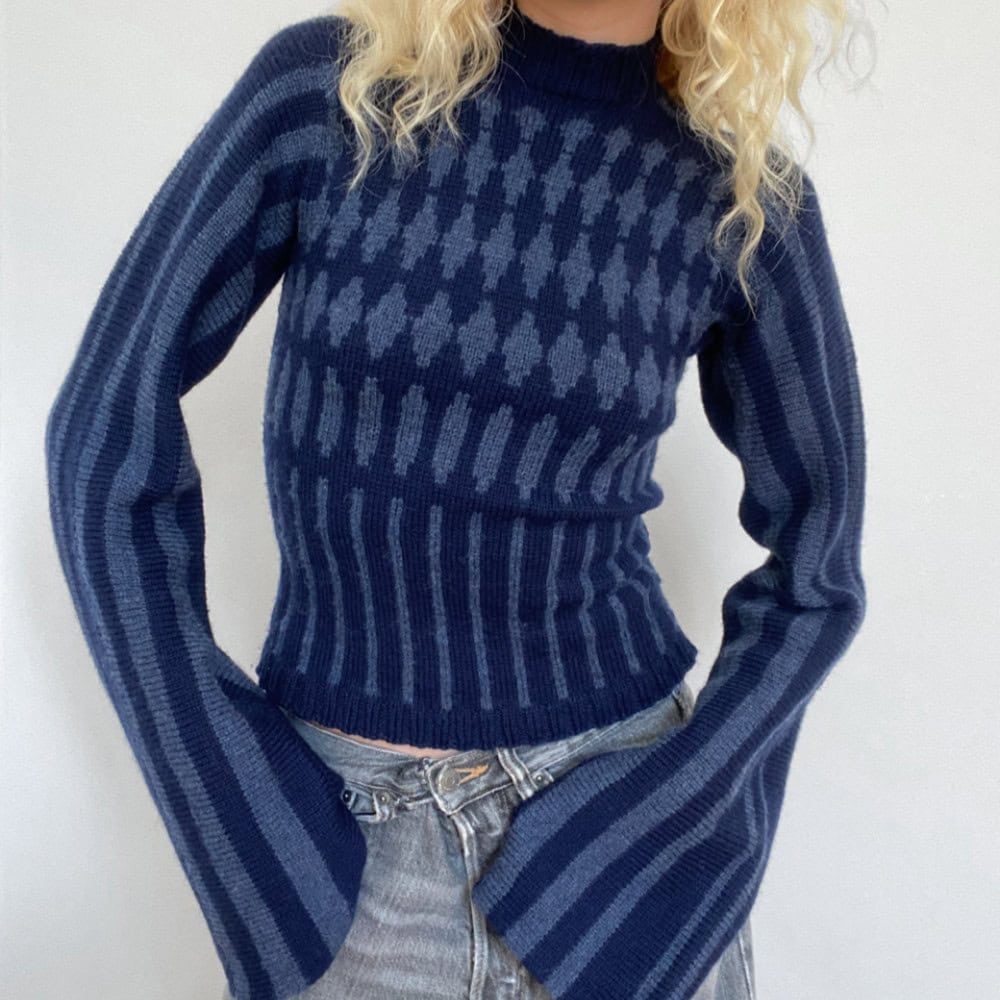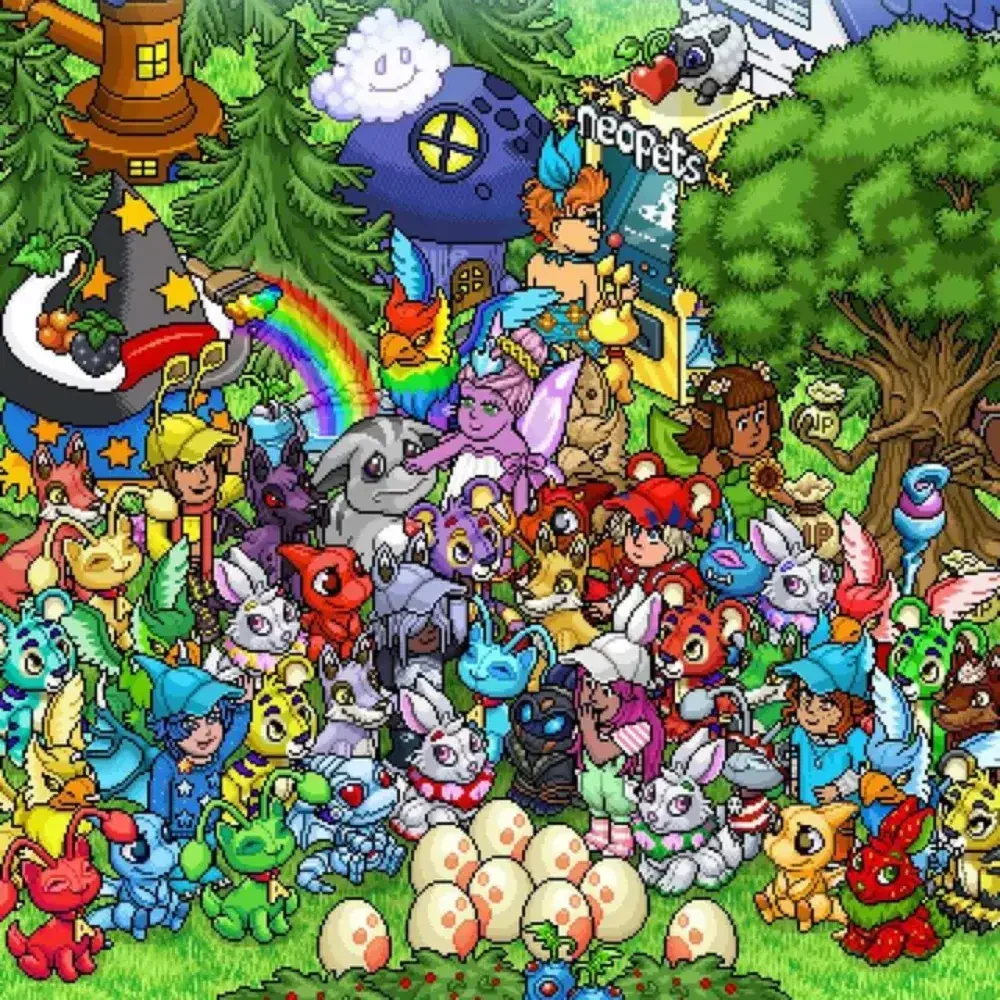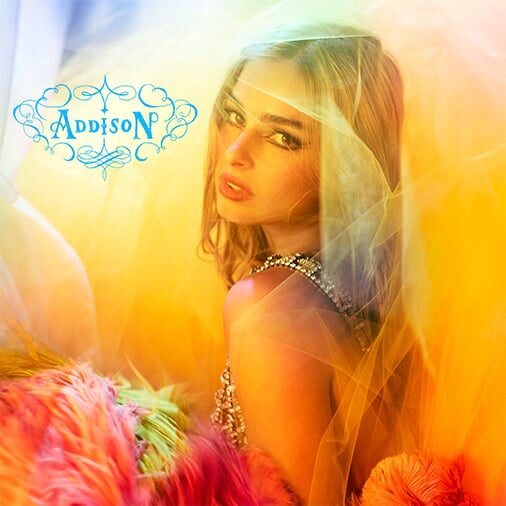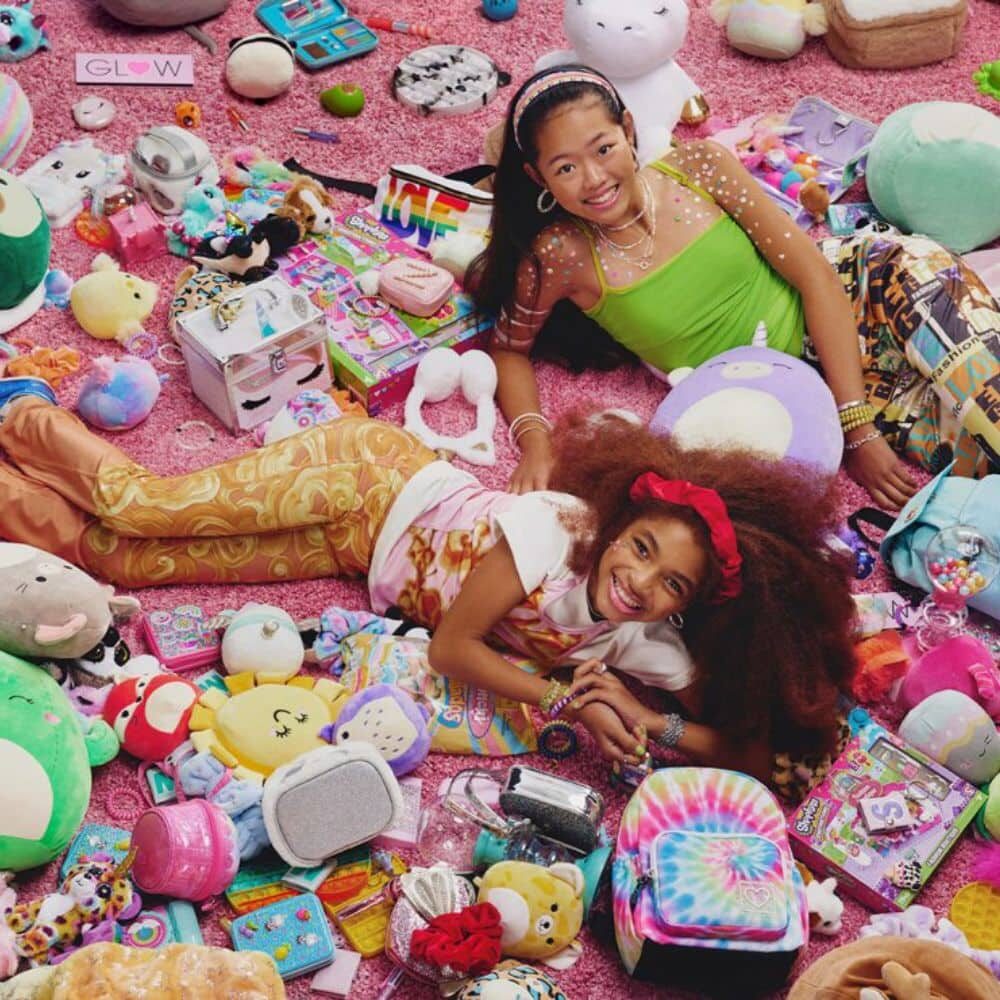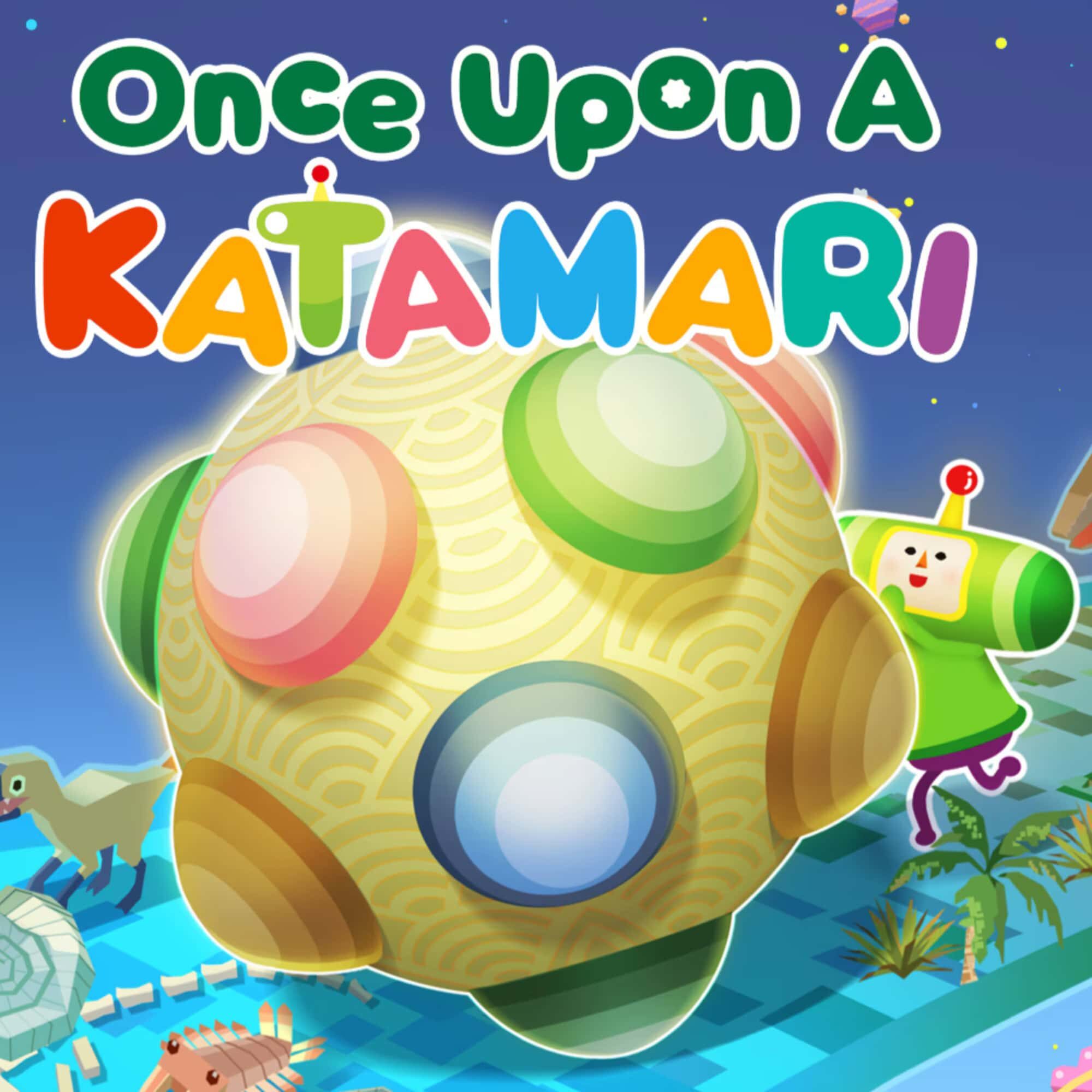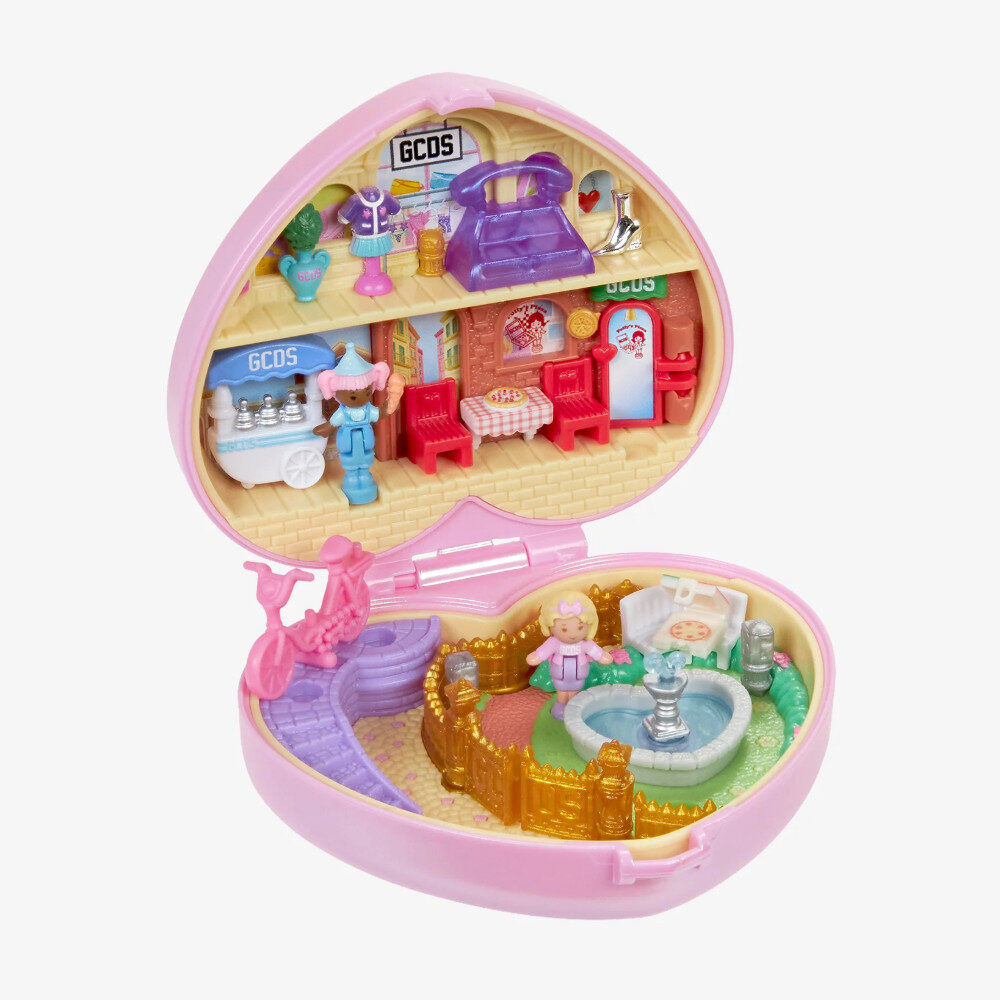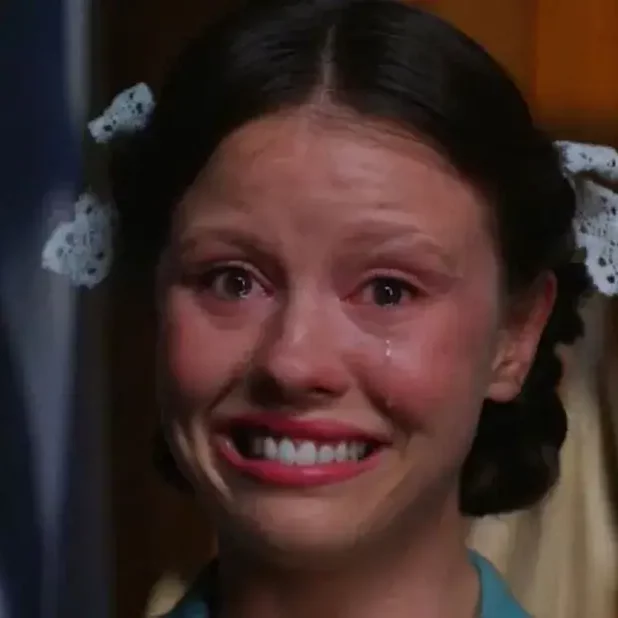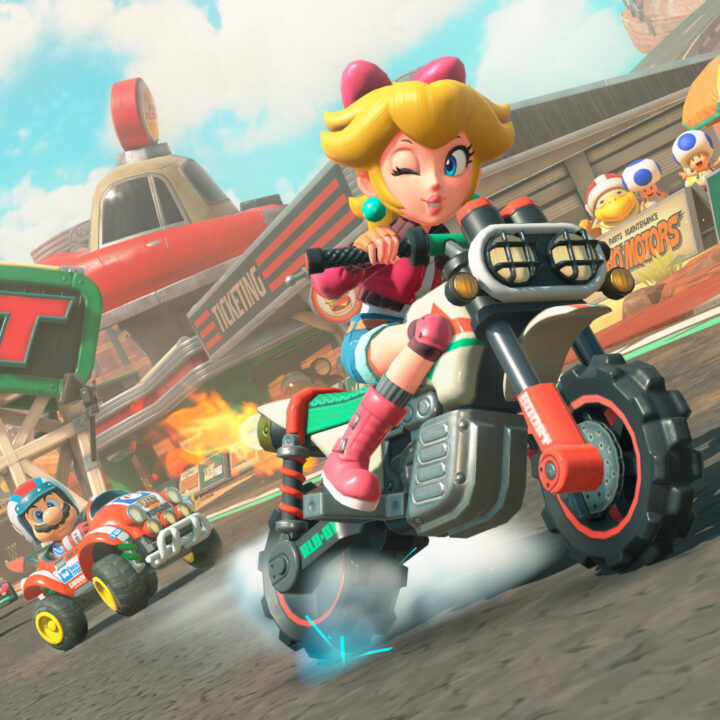
Mario Kart’s Women Are Finally Taking the Lead
Mario Kart World marks a bold step forward in embracing female characters, with expanded rosters, customisation, and stunning new skins. While the game celebrates diversity, there’s still room for growth, particularly with underappreciated characters like Birdo.
TEXT
Customisation, representation, and a little bit of overdue justice.
Mario Kart has never been a boys-only club. From the moment Princess Peach took her place on the starting grid in Super Mario Kart (1992), women have been part of the franchise’s DNA. But while Peach, Daisy, and Rosalina have long been staples, their presence has often felt ornamental – more character sheet variety than actual representation. They were always there, but never quite the stars. Now, with Mario Kart World, Nintendo is making strides to change that – but is it true evolution, or just a glossier version of the same formula?
Nintendo has taken noticeable steps in diversifying its roster, and nowhere is that more evident than in the explosion of customisation options. The latest game introduces a staggering 60+ playable characters and an array of stunning new skins and outfits that make every racer feel unique. From Peach and Daisy’s region-specific ensembles to Rosalina’s celestial glam, the attention to detail is immaculate. Pauline’s inclusion is particularly thrilling – her evolution from Donkey Kong’s silent damsel to the effortlessly cool, jazz-singing mayor of New Donk City is one of gaming’s greatest glow-ups, and now she finally gets to take her place on the starting grid in style. It’s a strong step forward, but it also raises a question – why has it taken this long for Mario Kart to fully embrace its female characters?
At the same time, the game’s approach to its female roster isn’t without its flaws. The themed outfits are a massive win, allowing players to express themselves in ways the series has never allowed before. The days of static character models are over. But beneath the surface, there’s still an underlying hesitation to let its female characters take up space beyond aesthetics. For every exciting new look, there’s still a sense that some characters remain secondary. Mario, Luigi, Bowser, and the usual suspects continue to be the true faces of the franchise, while the women – though now beautifully dressed – still feel like they exist as additions rather than as equals.
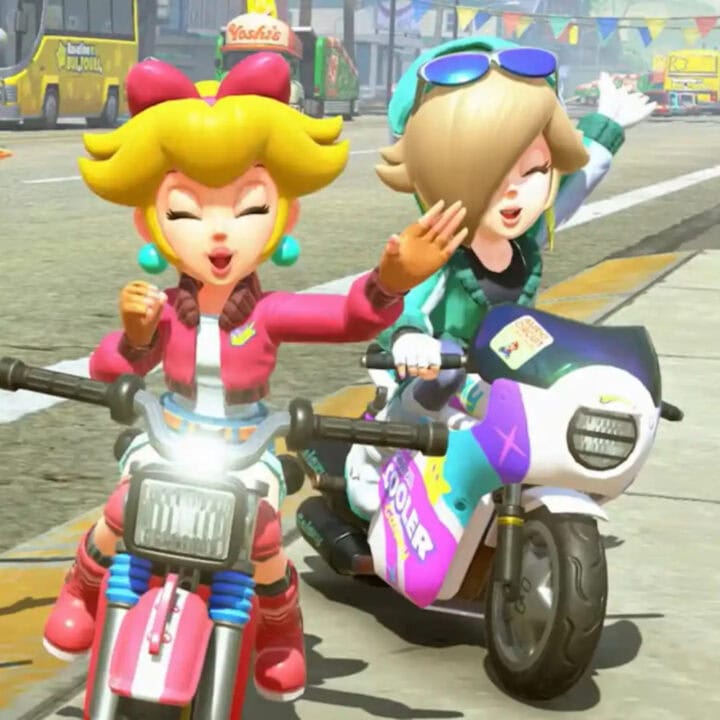
And then there’s Birdo. For years, she’s been a beloved but somewhat overlooked character, yet she remains largely unchanged. While Peach, Daisy, and Rosalina are getting a wardrobe overhaul and Pauline is finally being pushed to the forefront, Birdo is… still Birdo. The same pink bow, the same role as the quirky wildcard. It’s a missed opportunity – especially given her history as one of Nintendo’s most significant characters in terms of gender representation. She was groundbreaking in the ’80s, yet now she feels like an afterthought in a game supposedly celebrating its female roster.
This isn’t a new issue for Nintendo. The company has historically been cautious in how it develops and promotes its female characters. Super Princess Peach (2005) was an attempt at giving Peach a starring role, but its execution—where her emotions were literal powers – felt outdated even then. More recently, however, there’s been progress. Super Mario Bros. Wonder (2023) finally let Peach, Daisy, and Toadette be playable without gimmicks, and Princess Peach: Showtime! (2024) gave its heroine her first proper solo outing in nearly two decades. The slow shift is there, but it’s clear that Nintendo is still finding its footing when it comes to fully embracing the depth of its female characters.
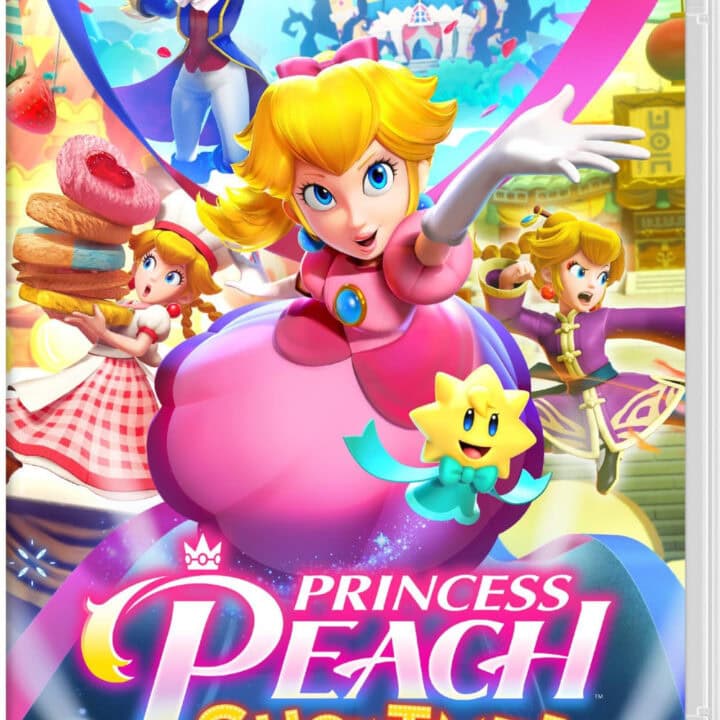
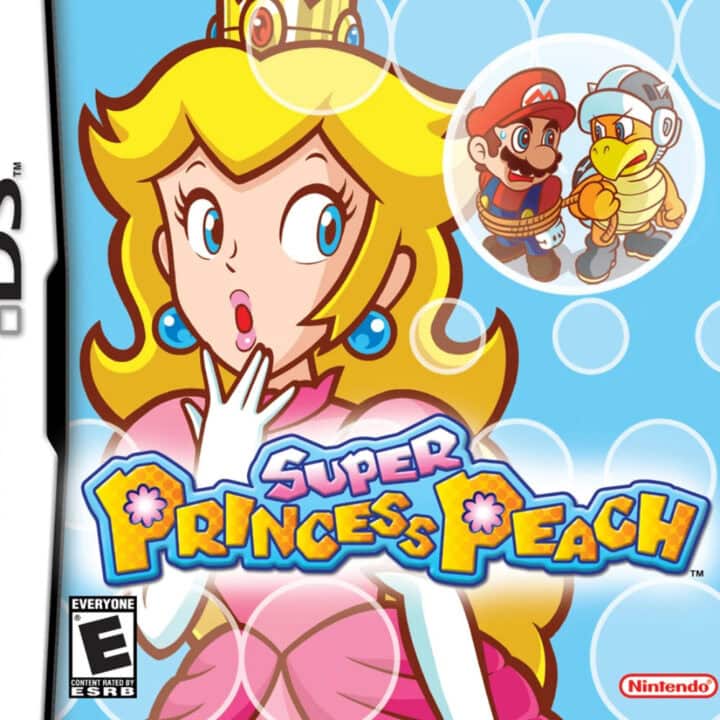
However, Mario Kart World isn’t just making small changes – it’s delivering some of the most exciting advancements the series has seen in years. The game’s expanded roster, combined with its extensive customisation options, creates a dynamic and personalised experience that allows players to truly connect with their favourite racers. The ability to mix and match outfits gives characters new layers of personality, finally elevating them beyond static archetypes. It’s a far cry from the days when Peach’s defining feature was simply “princess.”
More than that, Nintendo’s increasing willingness to embrace its female characters beyond the traditional roles of royalty and sidekicks is a major step forward. Pauline’s presence alone speaks to this shift – she’s neither a damsel nor a princess, but a self-made powerhouse. And while Birdo may not have received the transformation she deserves, the fact that she continues to be part of the roster ensures that her legacy remains intact.
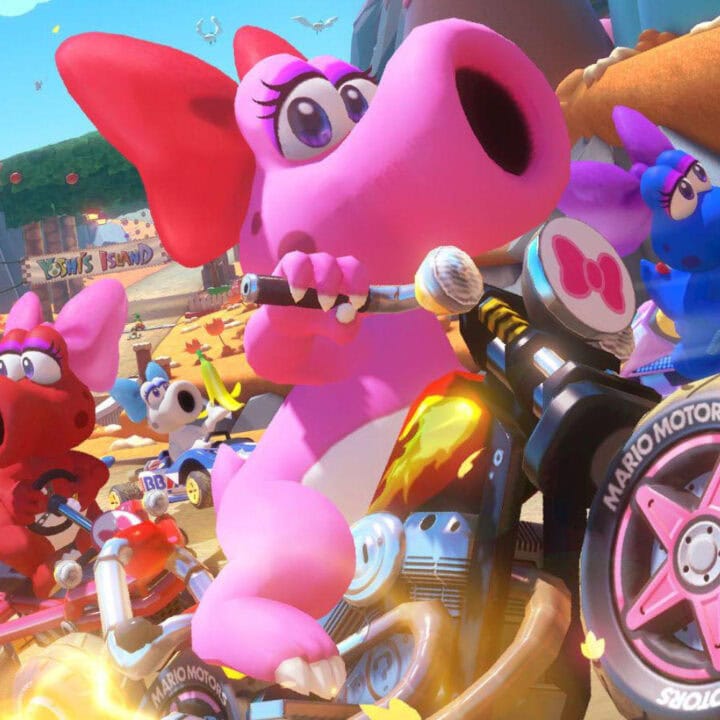
The gameplay itself also reflects this growing ambition. The new open-world-inspired tracks bring a level of freedom and creativity that the franchise has never fully explored before. These expansive, non-linear courses allow for more dynamic racing strategies, making each competition feel fresh and unpredictable. Coupled with the evolving character designs, the game feels like a celebration of not just its legacy, but its potential future.
And perhaps that’s what makes Mario Kart World so exciting—it doesn’t just make small nods toward progress; it genuinely feels like a reinvention. The franchise has always been fun, fast-paced, and packed with nostalgia, but now, it’s also embracing variety and personality like never before. Every racer feels like they belong, not just because they have a place on the track, but because they bring something unique to it.
While there’s still room to grow, Mario Kart World proves that representation isn’t just an obligation—it’s an opportunity to make the game more exciting, more engaging, and more personal for players. Maybe, just maybe, this is the start of something bigger—where Mario Kart’s feminine characters aren’t just part of the race, but leading it.
Customisation, representation, and a little bit of overdue justice.
Mario Kart has never been a boys-only club. From the moment Princess Peach took her place on the starting grid in Super Mario Kart (1992), women have been part of the franchise’s DNA. But while Peach, Daisy, and Rosalina have long been staples, their presence has often felt ornamental – more character sheet variety than actual representation. They were always there, but never quite the stars. Now, with Mario Kart World, Nintendo is making strides to change that – but is it true evolution, or just a glossier version of the same formula?
Nintendo has taken noticeable steps in diversifying its roster, and nowhere is that more evident than in the explosion of customisation options. The latest game introduces a staggering 60+ playable characters and an array of stunning new skins and outfits that make every racer feel unique. From Peach and Daisy’s region-specific ensembles to Rosalina’s celestial glam, the attention to detail is immaculate. Pauline’s inclusion is particularly thrilling – her evolution from Donkey Kong’s silent damsel to the effortlessly cool, jazz-singing mayor of New Donk City is one of gaming’s greatest glow-ups, and now she finally gets to take her place on the starting grid in style. It’s a strong step forward, but it also raises a question – why has it taken this long for Mario Kart to fully embrace its female characters?
At the same time, the game’s approach to its female roster isn’t without its flaws. The themed outfits are a massive win, allowing players to express themselves in ways the series has never allowed before. The days of static character models are over. But beneath the surface, there’s still an underlying hesitation to let its female characters take up space beyond aesthetics. For every exciting new look, there’s still a sense that some characters remain secondary. Mario, Luigi, Bowser, and the usual suspects continue to be the true faces of the franchise, while the women – though now beautifully dressed – still feel like they exist as additions rather than as equals.

And then there’s Birdo. For years, she’s been a beloved but somewhat overlooked character, yet she remains largely unchanged. While Peach, Daisy, and Rosalina are getting a wardrobe overhaul and Pauline is finally being pushed to the forefront, Birdo is… still Birdo. The same pink bow, the same role as the quirky wildcard. It’s a missed opportunity – especially given her history as one of Nintendo’s most significant characters in terms of gender representation. She was groundbreaking in the ’80s, yet now she feels like an afterthought in a game supposedly celebrating its female roster.
This isn’t a new issue for Nintendo. The company has historically been cautious in how it develops and promotes its female characters. Super Princess Peach (2005) was an attempt at giving Peach a starring role, but its execution—where her emotions were literal powers – felt outdated even then. More recently, however, there’s been progress. Super Mario Bros. Wonder (2023) finally let Peach, Daisy, and Toadette be playable without gimmicks, and Princess Peach: Showtime! (2024) gave its heroine her first proper solo outing in nearly two decades. The slow shift is there, but it’s clear that Nintendo is still finding its footing when it comes to fully embracing the depth of its female characters.


However, Mario Kart World isn’t just making small changes – it’s delivering some of the most exciting advancements the series has seen in years. The game’s expanded roster, combined with its extensive customisation options, creates a dynamic and personalised experience that allows players to truly connect with their favourite racers. The ability to mix and match outfits gives characters new layers of personality, finally elevating them beyond static archetypes. It’s a far cry from the days when Peach’s defining feature was simply “princess.”
More than that, Nintendo’s increasing willingness to embrace its female characters beyond the traditional roles of royalty and sidekicks is a major step forward. Pauline’s presence alone speaks to this shift – she’s neither a damsel nor a princess, but a self-made powerhouse. And while Birdo may not have received the transformation she deserves, the fact that she continues to be part of the roster ensures that her legacy remains intact.

The gameplay itself also reflects this growing ambition. The new open-world-inspired tracks bring a level of freedom and creativity that the franchise has never fully explored before. These expansive, non-linear courses allow for more dynamic racing strategies, making each competition feel fresh and unpredictable. Coupled with the evolving character designs, the game feels like a celebration of not just its legacy, but its potential future.
And perhaps that’s what makes Mario Kart World so exciting—it doesn’t just make small nods toward progress; it genuinely feels like a reinvention. The franchise has always been fun, fast-paced, and packed with nostalgia, but now, it’s also embracing variety and personality like never before. Every racer feels like they belong, not just because they have a place on the track, but because they bring something unique to it.
While there’s still room to grow, Mario Kart World proves that representation isn’t just an obligation—it’s an opportunity to make the game more exciting, more engaging, and more personal for players. Maybe, just maybe, this is the start of something bigger—where Mario Kart’s feminine characters aren’t just part of the race, but leading it.

Enjoyed this story? Support independent gaming and online news by purchasing the latest issue of G.URL. Unlock exclusive content, interviews, and features that celebrate feminine creatives. Get your copy of the physical or digital magazine today!

